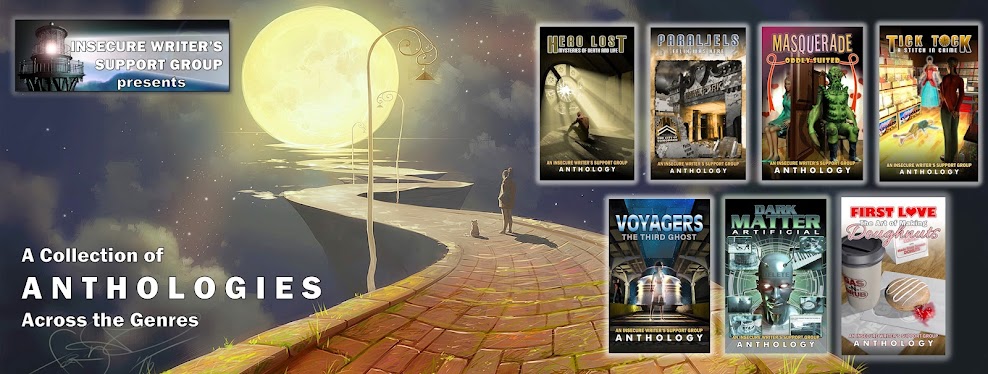by Ellen Jacobson
When I set out to write my new cozy mystery series – the North Dakota Library Mysteries – my muse insisted that there be a talking animal in it. At first, I thought she meant a cute dog or cat. I could get on board with that. But while I was trying to decide if it should be a regal Siamese cat or a playful golden retriever puppy, my muse rudely interrupted me.
“It’s a chameleon,” my muse said firmly.
“You mean like from those insurance commercials?” I asked.
“That’s a gecko, not a chameleon.” My muse sighed. “You really need to bone up on reptiles.”
“Yeah, I’m not really a fan of things with scales,” I said.
“Tough. The decision has already been made. You either write about a chameleon or you quit this whole author gig and go get a real job.”
Eventually, I gave in. And now I’ve written a book starring a talking chameleon. Well, at least he thinks he’s the star of the show. He really isn’t. But it’s easier to let him believe that.
Anyway, if you’re thinking about writing about a talking animal, here are a few tips that might be helpful.
1 – Do Your Research
Learn about the animal you’re going to write about, especially if it’s one you’re not as familiar with. The last thing you want is for your readers to point out how you got it wrong. In my case, I needed to do some research on chameleons. I’ve been having fun weaving in chameleon facts into my story, like how they catch flies with their tongues.
2 – Interaction with Humans
Decide how your animal interacts with the human characters in the story. For example, can humans understand the animal when it talks or does it just sound like regular animal noises to them? If so, is it all humans or just one special human that understands the animal? For example, in my series, only the main character, Thea Olson, can hear the chameleon talking. In fact, no one else can even see the chameleon.
3 – How They Talk
Does your animal sound like a human when they talk, or does their speech reflect their species? For example, if you’re writing about a sloth, you might have them speak very, very slowly. Alternatively, you might not want to make them sound any different from a member of the human race. In my case, my chameleon sounds like an old chain-smoking guy from New York City. If you closed your eyes, you might not even realize he’s a reptile.
4 – How They See the Human World
Although your animal character will probably have some human traits, ultimately they aren’t human. The unique perspective they have on the human world is a great creative jumping off point. Have fun using animals to provide commentary on the human condition—both the good and the bad.
A cozy mystery by Ellen Jacobson
Libraries are full of books . . . and deadly secrets.
When Thea Olson agreed to volunteer at her local library, she anticipated shelving books, not stumbling across a dead body.
Concerned her brother, the acting chief of police, is in over his head, Thea is determined to find out whodunit. She investigates the murder with the assistance of her grandmother and the handsome new library director.
Just when the trio of amateur sleuths hit a dead-end, a snarky chameleon appears in the library with cryptic clues for Thea. At first, she thinks she’s hallucinating. But once Thea accepts the fact that the obnoxious reptile is real, she realizes he might just help her crack the case.
Can Thea discover who the murderer is before someone else is taken out of circulation?
This is the first in a new library series set in the fictional town of Why, North Dakota. If you like quirky characters, chameleons, way too much coffee, and all things bookish, you’ll love Murder at the Library.
IWSG Anthology author: Hero Lost - The Silvering
Ellen Jacobson is a chocolate obsessed cat lover who writes cozy mysteries and romantic comedies. After working in Scotland and New Zealand for several years, she returned to the States, lived aboard a sailboat, traveled around in a tiny camper, and is now settled in a small town in northern Oregon with her husband and an imaginary cat named Simon.
Find out more at ellenjacobsonauthor.com







